#Bill Meyers
Explore tagged Tumblr posts
Text
youtube
Maurice White and Bill Meyers: "Joe".
This is from the soundtrack to the OAV for Gatchaman. Yes, this is the album with "Let's Fly" on it. But this. This is why I bought it.
7 notes
·
View notes
Text
David Foster - This Must Be Love

Music
youtube
Artist
David Foster
Composer
David Foster Lamont Dozier
Lyricist
David Foster Lamont Dozier
Produced
Humberto Gatica
Credit
Bill Meyers - Arranged, Synthesizer Nathan East - Bass John Robinson - Drums Paul Jackson Jr. - Guitar David Foster - Keyboards Jeff Pescetto - Lead Vocals Warren Wiebe - Lead Vocals Greg Phillinganes - Piano David Reitzas - Synthesizer Program Jeff Rona - Synthesizer Program Dean Parks - Sitar
Released
December 5 1990
Streaming
youtube
#david foster#lamont dozier#humberto gatica#Bill Meyers#nathan east#john robinson#paul jackson jr.#jeff pescetto#warren wiebe#greg phillinganes#david reitzas#jeff rona#dean parks#1990s#1990#music#Youtube
2 notes
·
View notes
Text
Bill Myer's Forbidden Doors 7: The Curse (1997)


The Curse couldnt be for real . . . or could it?
#paperback#paperback book#book cover#books#paperback purgatory#horror#horror book#ya novel#ya pulp fiction#young adult#young adult books#ya fiction#religious#bill meyers#book covers#forbidden doors series#forbidden doors#the curse
1 note
·
View note
Text










snl cast/alumni, for new york magazine.
#they all look so good#so glad the sweater made an appearance for seth#snl#saturday night live#kristen wiig#bill hader#seth meyers#tina fey#amy poehler#i'm not going to tag all the people in these photos i'm already feeling lazy#fred armisen#john mulaney#will forte#andy samberg#okay yeah those are my buzz tags knock yourself out
199 notes
·
View notes
Text
SNL: Pop Muzik
#snl#snl 50#snledit#saturday night live#andy samberg#bill hader#kristen wiig#jason sudeikis#seth meyers#amy poehler#maya rudolph#tina fey#fred armisen#the lonely island#nbc#lorne michaels#fan edit#pop muzik#2000scast#snl2000s#snl2000scas#kenan thompson#jimmy fallon#stefon#new york
87 notes
·
View notes
Text


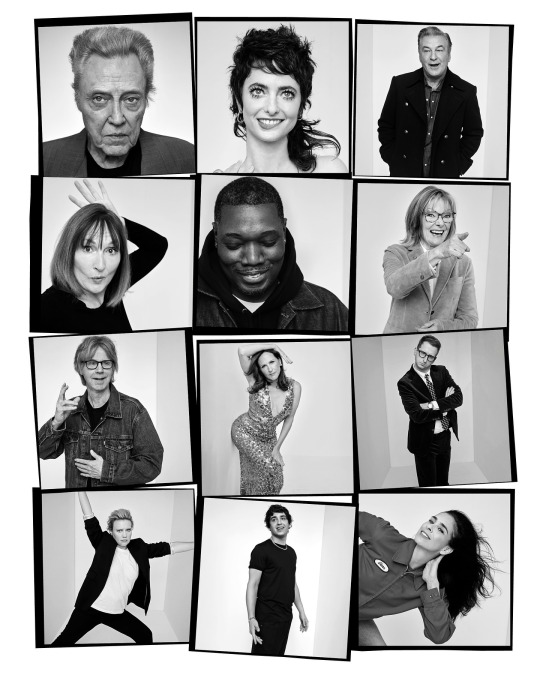


vulture “SNL has become so interwoven into the pace of New York City and how we organize its place in the culture that it feels unbound by time, as if it had always existed and always will,” writes Jesse David Fox. At the link in bio, more from our “Reasons to Love New York” cover. #RTLSNL
#snl#vulture#julia louis dreyfus#colin jost#seth meyers#jimmy fallon#tina fey#john mulaney#bill hader#kristen wiig#andy samberg#pete davidson#kate mckinnon#steve martin#martin short#christopher walken#will forte#bowen yang#amy poehler#maya rudolph#jason sudeikis#fred armisen#chris kattan#billy crystal#don novello#candice bergen#mike myers#sasheer zamata#david lachapelle photos#me edits
117 notes
·
View notes
Text
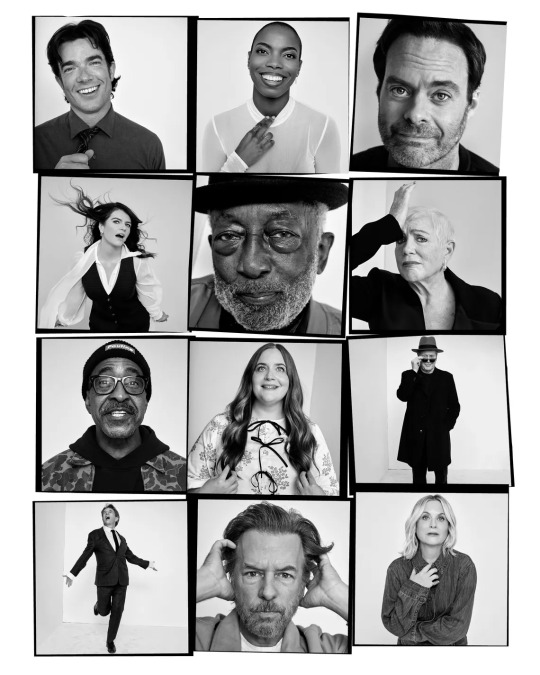
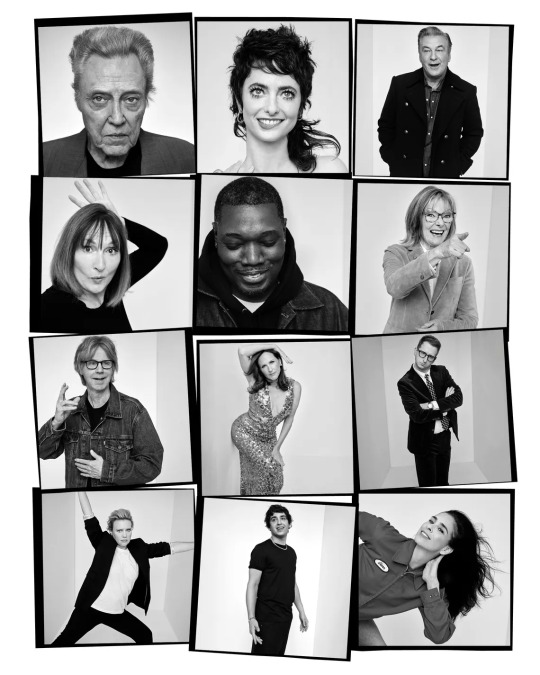
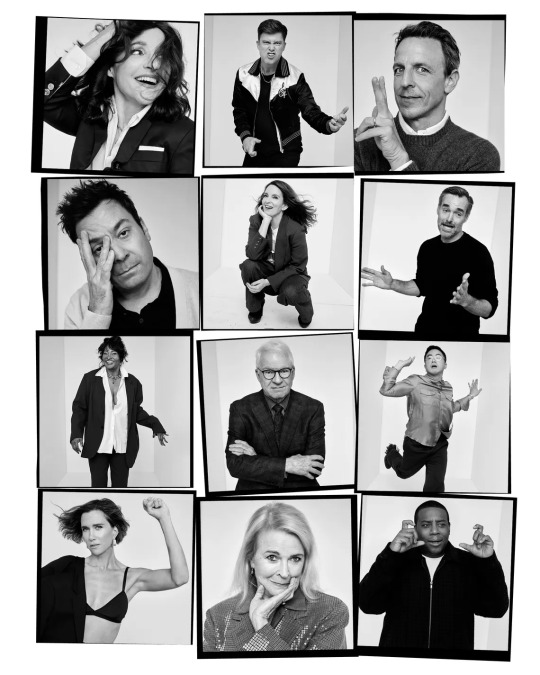


50 YEARS OF SATURDAY NIGHT LIVE
#via vulture magazine#this is the most unfunnystandup post#gonna try to tag everyone wish me luck#john mulaney#bill hader#leslie jones#billy crystal#amy poehler#michael che#sarah silverman#dana carvey#jimmy fallon#tina fey#colin just#laura dreyfuss#will forte#steve martin#jason sudeikis#fred armisen#seth meyers#bowen yang#pete davidson#kenan thompson#andy samberg#snl#saturday night live#comedy
101 notes
·
View notes
Text




NEWSIES (1992) dir. Kenny Ortega
#christian bale#christianbaleedit#my gifs#jack kelly#newsies 1992#jack kelly newsies#newsies#cowboy bale#the newsies#disney musical#92sies#1992#1992sies#bryan denton#bill pullman#Les Jacobs#Luke edwards#racetrack higgins#kid blink#Trey Parker#mush meyers#aaron lohr#jackkellyedit#perioddramasonly#Disneymusicaledit#perioddramacentral#perioddramasource#perioddramagif#perioddramadaily#perioddramaedit
29 notes
·
View notes
Text

Get Your Motor Runnin'!
Head Out On The Highway!
#russ meyer#faster pussycat kill kill#motorpsycho#double feature#double bill#drive in movies#roughies#vintage ads
333 notes
·
View notes
Text

They hate it when we serve 2000s SNL
49 notes
·
View notes
Text
No Stefon?
27 notes
·
View notes
Text
Bill Myer's Forbidden Doors 8: The Undead (1997)


What evil awaits in Transylvania?
#paperback book#paperback#book cover#books#paperback purgatory#horror#horror book#ya novel#ya pulp fiction#young adult#religious#vampires#forbidden doors#the undead#bill meyers#book covers#morning fiction
1 note
·
View note
Text

day 55.
27 notes
·
View notes
Text

This is for 4 people but I hope they really like this
55 notes
·
View notes
Text
I hope Stefon and Seth are okay where they're married in their New York apartment
60 notes
·
View notes
Text









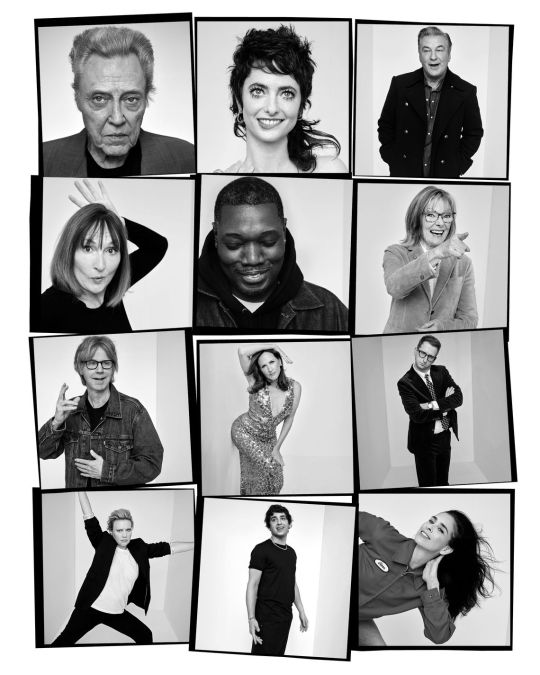
Happy 50th Birthday, SNL!
It wasn't until I went down the Bill Hader rabbit hole in 2019 that I realized how much Saturday Night Live shaped the comedy I grew up with, comedy today, and pop culture in general. It's been on for 50 years but the first time I remember hearing about it was in university, through the Lonely Island song "Jizz In My Pants".
I didn't know Wayne's World, Coneheads, and Superstar were movie spin-offs to popular sketches on the show; that it catapulted Eddie Murphy, Adam Sandler, and Bill Murray to fame; that it's provided us Late Night hosts, Conan O'Brien, Jimmy Fallon, and Seth Meyers; or that I have it to thank for Tina Fey and Kristen Wiig who would go on to create and star in some of my favorite female comedies: Mean Girls, 30 Rock, and Bridesmaids.
I don't know how well those 90s spin-offs have aged (probably not well—even Superstar I couldn't get behind with then), but I feel the need to give tribute to the institution that has paved the way for some of the most original and fascinating comedies in recent years: Bill's Barry; Will Forte's MacGruber and The Last Man on Earth; Fred Armisen and Maya Rudolph's Forever; John Mulaney's stand-up specials; Bill, Fred, and Seth's Documentary Now!; Jason Sudeikis' Ted Lasso, and The Lonely Island's Michael Bolton's Big, Sexy Valentine's Day Special — along with all the cool shit they're producing like Palm Springs and I Think You Should Leave with Tim Robinson.
📸 David LaChapelle for New York Magazine (2024)
p.s. so excited for the 50th anniversary show in February!
#SNL#saturday night live#50th anniversary#new york magazine#vulture#photos#2024#bill hader#hbo barry#lonely island#documentary now#will forte#macgruber#the last man on earth#fred armisen#maya rudolph#john mulaney#jason sudeikis#ted lasso#tina fey#mean girls#30 rock#kristen wiig#bridesmaids#conan o'brien#seth meyers#jimmy fallon#lorne michaels
34 notes
·
View notes